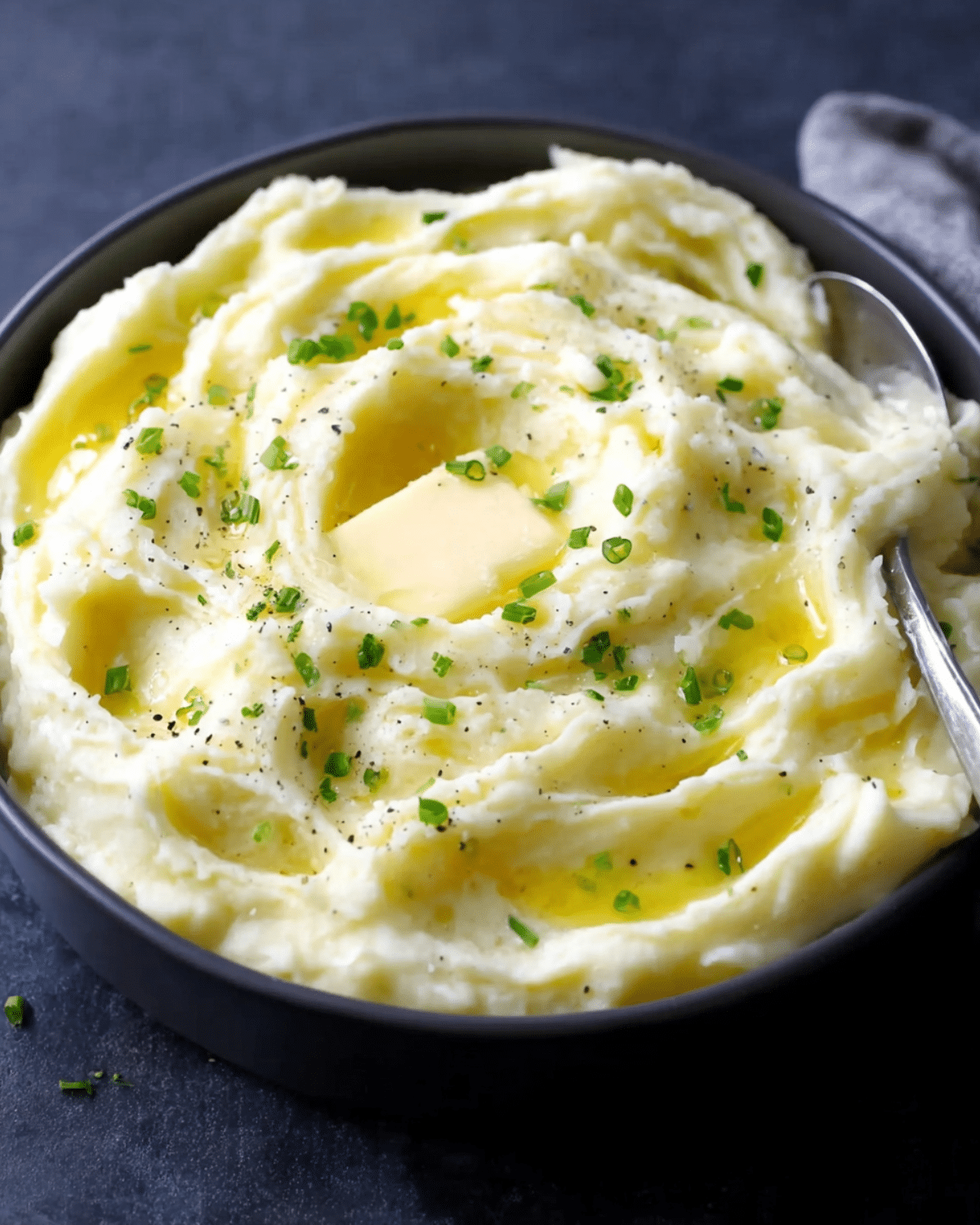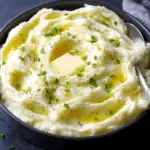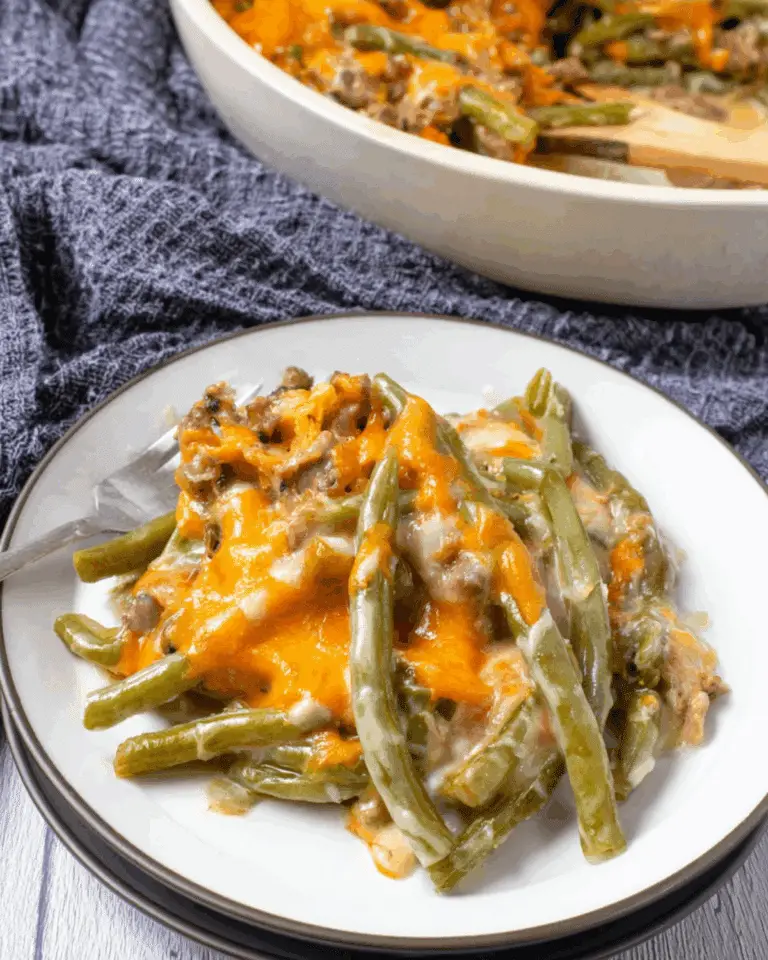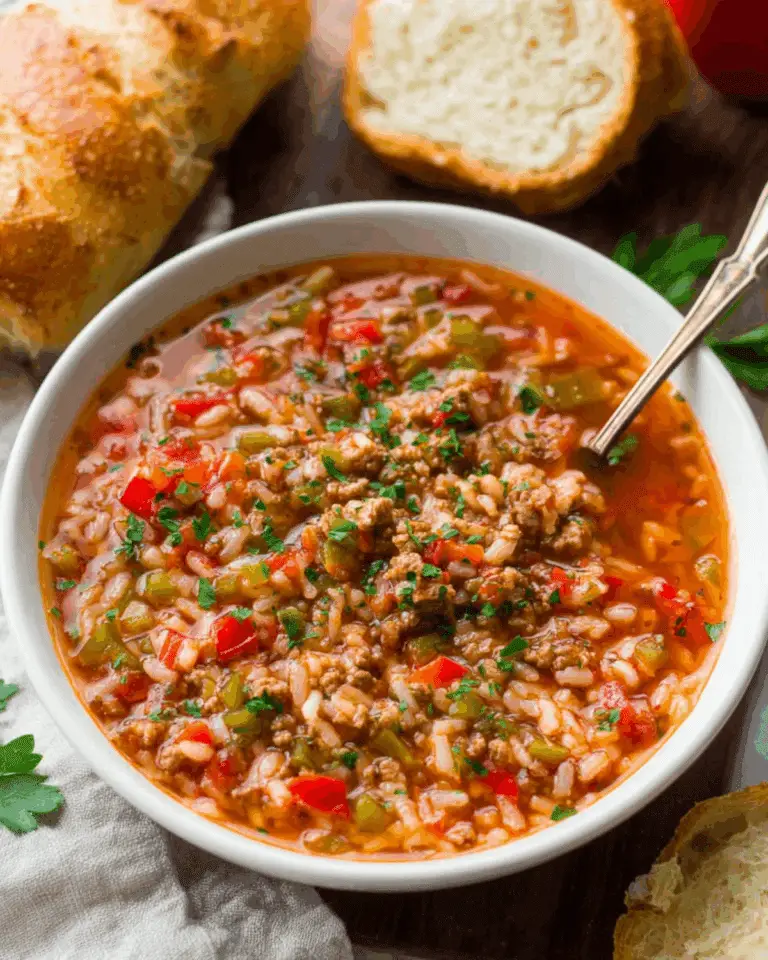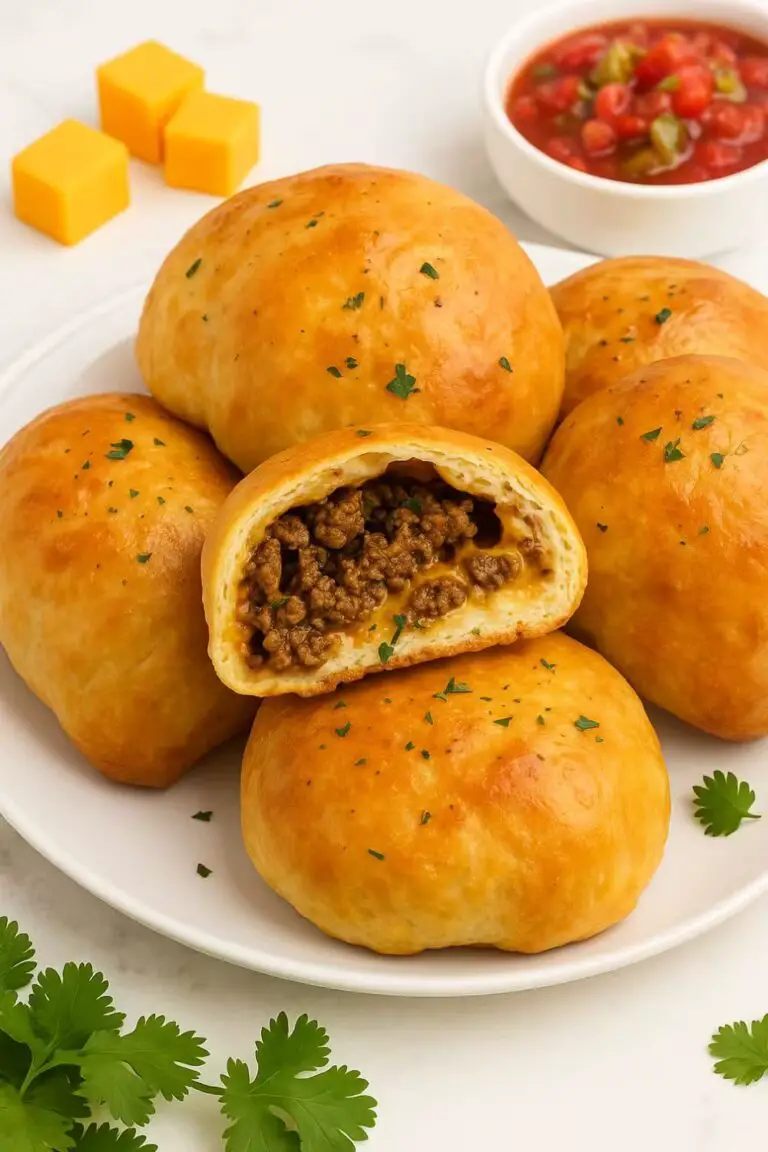There’s something irresistible about a bowl of silky, buttery mashed potatoes on the dinner table—especially when they’re made ahead, perfectly seasoned, and baked for the creamiest texture imaginable. If you’re tired of last-minute mashing chaos during the holidays or your weeknight dinner rush, you’re in the right place. In this article, we’ll uncover the best method for creating the creaminess baked mashed potatoes using a clever twist: baking instead of boiling.
From selecting the right potatoes to mastering the folding technique that prevents gumminess, we’ll break down everything you need to know. We’ll also explore make-ahead storage tips, reheating options, and delicious pairing ideas to round out your meal. Whether you’re hosting Thanksgiving or just looking for the ultimate comfort side dish, these mashed potatoes deliver rich flavor with minimal stress.
Looking for inspiration? Try our cheesy root vegetable gratin recipe for another crave-worthy comfort dish.
JUMP TO
Table of Contents
The Secret to Ultra-Creamy Mashed Potatoes
Why Baking, Not Boiling, Makes All the Difference
Traditional mashed potatoes are often boiled, but that method introduces water into the flesh—leading to heavy or soggy results if you’re not careful. The game-changer? Baking the potatoes instead. When you bake russet potatoes whole, they retain their natural starches and develop a fluffier, drier texture—ideal for that rich, creamy finish. Plus, it’s completely hands-off. No need to peel or monitor a boiling pot.
When potatoes are baked, you also skip the time-consuming process of drying them on the stove. Instead, you get a soft, dry interior that’s ready to absorb butter and cream like a sponge. That’s the real magic behind why this method consistently produces the creaminess baked mashed potatoes every time.
The Science Behind Dry vs. Wet Potatoes
Here’s a secret most home cooks don’t know: water is the enemy of creamy mashed potatoes. Boiling introduces excess moisture, which dilutes flavor and creates gluey textures if overworked. Baking avoids that completely, making your final result richer, more flavorful, and significantly smoother.
Starches in dry, baked potatoes are intact and ready to be broken down just enough for a velvety consistency—especially when blended with hot cream and butter. This method allows for a luxurious mash that holds its shape without being heavy or gummy.
Common Mistakes That Ruin Mashed Potato Texture
Even great ingredients can’t save poor technique. Here are the common pitfalls that sabotage texture:
- Mashing cold potatoes: Always mash them while hot or warm, or risk lumps.
- Overmixing in a food processor or blender: These tools release too much starch and create gluey potatoes.
- Adding cold butter or cream: Cold liquids shock the starches. Always warm them first.
- Skipping the taste test: Seasoning is everything—salt should be added incrementally and adjusted last.
Avoid these mistakes and your mashed potatoes won’t just be good—they’ll be restaurant-level.
Ingredients That Make These Potatoes Unforgettable
The Role of Heavy Cream and Butter
Cream and butter aren’t just there for taste—they’re essential to texture. The fat in heavy cream (and generous butter!) coats each starch granule, creating that velvety smoothness we all crave. Using warm cream and melted butter also helps everything blend more evenly into the potato base. This ensures no curdling, no clumps—just smooth, rich potato heaven.
In this recipe, 2 cups of heavy cream and 8 tablespoons of unsalted butter (divided) bring deep richness without overpowering the natural potato flavor. It’s indulgent, yes—but in the best possible way.
Salt, Chives, and Other Flavor Boosters
Salt might seem like a background player, but it does the heavy lifting in bringing out the flavor. Start with 1½ teaspoons of kosher salt and always taste before serving. A final sprinkle of chopped fresh chives offers brightness and a slight onion bite that cuts through the richness.
Want to customize the flavor? Consider folding in:
- Roasted garlic for mellow depth
- Cream cheese for tang and extra body
- Grated Parmesan or cheddar for a savory finish
These optional additions won’t change the basic method—but they’ll turn your mashed potatoes into a signature side.
Optional Add-Ins to Customize Your Flavor
- Sour cream or crème fraîche: Adds tang and creaminess.
- Horseradish or Dijon mustard: Offers a subtle kick that balances heavy dishes.
- Herbs like thyme or rosemary: Earthy herbs elevate mashed potatoes for festive meals.
Check out our creamy mushroom keto casserole for another way to bring richness and comfort to your table.
How to Make the Creamiest Baked Mashed Potatoes
Step-by-Step Instructions for Baking and Mashing
This method is simpler than it sounds and results in foolproof creamy mashed potatoes every time. Start by preheating your oven to 450°F. Use a fork to prick each potato several times to allow steam to escape. Then, place 3½ pounds of Russet potatoes directly on the oven rack. That’s right—no pan needed.
Bake for 50 to 60 minutes until the potatoes are very soft. Err on the side of overbaking, not underbaking. Once they’re out of the oven and still hot, cut them in half lengthwise. Using an oven mitt, scoop the potato flesh into a mixing bowl and discard the skins.
Break down the potatoes using a potato masher or fork. For best results, use a stand mixer fitted with the paddle attachment. Beat on low until completely smooth. Avoid overmixing to prevent gluey texture.
How to Incorporate Hot Cream and Butter the Right Way
While the potatoes are being mashed, simmer 2 cups of heavy cream with 6 tablespoons of butter in a saucepan over medium heat. This is crucial—cold cream or butter won’t absorb as well and can leave you with greasy or grainy potatoes.
Remove the mashed potatoes from the mixer and switch to a large rubber spatula. Slowly fold in the hot cream and butter mixture a bit at a time. Folding—rather than stirring or whipping—ensures the texture remains airy and silky without getting overworked.
Once fully incorporated, stir in 1½ teaspoons of salt, adjust to taste, and transfer the mash into a large microwave-safe bowl for storage.
Folding vs. Mixing: Avoiding the Dreaded Gluey Texture
Overmixed mashed potatoes become gluey due to excess starch release. That’s why using a mixer on low speed and finishing by hand is key. Folding in the liquids helps retain that ideal balance of fluffiness and structure.
Avoid food processors and blenders altogether—they’re too powerful and turn potatoes into a paste. Instead, for ultra-smooth results, you can use a potato ricer before mashing, especially if you’re after restaurant-level texture.
Make-Ahead Tips for Busy Cooks
How to Prep and Store Up to 2 Days in Advance
Once your potatoes are perfectly mashed and seasoned, cover the bowl tightly with plastic wrap. Make sure the wrap doesn’t touch the potatoes directly. You can refrigerate them for up to 2 days with no loss in texture or flavor.
This make-ahead technique is perfect for holiday cooking or large family dinners where stove and oven space is tight. It allows you to prep the night before and focus on other dishes when guests arrive.
Don’t miss our crockpot kielbasa and green beans to pair with your mashed potatoes for a complete set-and-forget meal.
Best Containers for Storage and Reheating
Use a microwave-safe glass bowl or dish with a tight-fitting lid. Avoid plastic containers that could warp or leach chemicals when microwaved. For oven reheating, transfer potatoes into a ceramic or glass baking dish and cover with foil.
Label the container with the date to keep track of freshness. When properly stored, these mashed potatoes reheat beautifully and maintain their rich flavor.
Reheating in Microwave vs. Oven: Pros and Cons
To reheat in the microwave:
- Poke holes in the plastic wrap to allow steam to escape.
- Microwave at 75% power for 14 minutes, stirring halfway through.
- Add the remaining 2 tablespoons of butter and garnish with chopped chives.
To reheat in the oven:
- Transfer to a baking dish, cover with foil, and bake at 350°F for 30–40 minutes.
- Stir halfway through to heat evenly.
Microwave is faster and great for busy nights. Oven provides more even warmth, making it ideal for entertaining.
Discover great ideas like our crockpot chicken and rice that also pair beautifully with this side.
Perfect Pairings for Baked Mashed Potatoes
Main Dishes That Complement This Side
These mashed potatoes are creamy enough to stand up to bold main courses. Try serving them with:
- Braised short ribs or pot roast
- Roast turkey or chicken
- Garlic herb pork chops
- Vegetarian mushroom gravy or lentil loaf
The buttery texture of the potatoes balances both savory and rich proteins.
Check out our sweet Hawaiian crockpot chicken for a tropical-meets-traditional pairing that never fails.
Holiday Meal Planning with Make-Ahead Recipes
When preparing a holiday feast, time is tight and oven space is precious. That’s why make-ahead dishes like these mashed potatoes are essential.
Pair them with other advance-prep recipes like:
- Green bean casserole
- Dinner rolls or bread
- Slow-cooker stuffing
- Cranberry sauce
Don’t miss our white chicken chili for a comforting, crowd-pleasing alternative that works for winter gatherings.
Creative Leftover Ideas the Next Day
Got leftovers? Use them to create:
- Potato pancakes with herbs and cheese
- Loaded mashed potato bowls with toppings
- Mashed potato-stuffed quesadillas or wraps
- Baked mashed potato casseroles with extra cheese
Don’t throw them out—reinvent them into something exciting and delicious.
Expert Tips for Flawless Results Every Time
How to Know When Your Potatoes Are Baked Just Right
When baking whole russet potatoes, test doneness by gently squeezing them with an oven mitt. If they feel soft and collapse easily, they’re ready. Another method? Insert a knife—if it glides through without resistance, they’re done.
It’s always better to overbake slightly than to underbake. Overbaked potatoes become fluffier, while underbaked ones remain firm and hard to mash.
Kitchen Tools That Make Mashing Effortless
To achieve the smoothest, most luxurious texture, consider these tools:
| Tool | Use Case |
|---|---|
| Potato ricer | Best for lump-free, ultra-smooth mash |
| Stand mixer (paddle) | Fast and even mashing, low speed only |
| Rubber spatula | Gently folding in hot liquids |
| Oven thermometer | Ensures perfect 450°F baking temp |
Avoid hand blenders and food processors—they overwork starch and ruin texture.
Final Touches That Elevate Presentation and Taste
- Top reheated potatoes with melted butter and a generous sprinkle of chives for color and flavor.
- For a crispy finish, broil the top layer briefly after oven reheating.
- Serve in a warmed bowl to help them stay soft and creamy throughout the meal.

Frequently Asked Questions (FAQ)
Can I Freeze These Baked Mashed Potatoes?
While you can technically freeze mashed potatoes, this baked version is best stored in the fridge. Freezing can slightly change the texture due to moisture separation. For best results, make them ahead and refrigerate for up to 48 hours.
What Type of Potatoes Work Best for Creaminess?
Russet potatoes are the gold standard. Their high starch and low moisture content make them perfect for baking and mashing. Yukon Golds can work, but they create a denser mash.
How Do I Reheat Without Drying Them Out?
Reheat slowly and evenly, using either a microwave at 75% power or oven at 350°F. Stir halfway and add a tablespoon or two of milk or butter if needed. Always cover the bowl tightly to retain moisture.
Can I Make These Dairy-Free?
Yes! Use plant-based cream (like coconut cream or oat milk) and a dairy-free butter substitute. The texture may differ slightly but will still be smooth and flavorful. Just make sure the substitutions are full-fat for best results.
Conclusion: Why This Recipe Deserves a Spot at Every Table
Whether you’re preparing a Thanksgiving feast or simply upgrading your weeknight dinner, these creaminess baked mashed potatoes are the kind of side dish that makes everything else taste better. Their make-ahead simplicity, foolproof technique, and indulgent creaminess make them a go-to favorite all year long.
Plus, you don’t need to stress about last-minute prep. By baking instead of boiling, using hot cream and butter, and following a few simple steps, you’ll serve a dish that’s as elegant as it is comforting.
Learn more about cozy classics like our beef stew delicious recipe for even more comfort food ideas your family will love.
PrintCreamiest Baked Mashed Potatoes
These ultra-creamy baked mashed potatoes are the ultimate make-ahead side dish, perfect for holiday dinners or cozy weeknights. Made by baking instead of boiling, they’re rich, buttery, and reheat beautifully.
- Prep Time: 15 minutes
- Cook Time: 60 minutes
- Total Time: 1 hour 15 minutes
- Yield: 8 servings
- Category: Side Dish
- Method: Baked
- Cuisine: American
- Diet: Vegetarian
Ingredients
- 3½ pounds Russet potatoes
- 2 cups heavy cream
- 8 tablespoons unsalted butter, divided
- 1½ teaspoons salt
- Chives, for serving
Instructions
- Preheat the oven to 450°F and prick each potato several times with a fork.
- Place the potatoes directly on the oven rack and bake for 50–60 minutes until very soft.
- While still hot, cut potatoes in half and scoop out the flesh into a stand mixer bowl, discarding skins.
- Break down potatoes with a masher or fork, then beat on low speed until smooth.
- Meanwhile, heat the cream and 6 tablespoons butter in a saucepan until simmering.
- Remove the mixer bowl and gently fold in the hot cream and butter using a spatula until fully combined.
- Stir in salt, adjust to taste, and transfer to a microwave-safe bowl.
- Cover tightly with plastic wrap and refrigerate for up to 2 days.
- To reheat, poke holes in plastic wrap and microwave at 75% power for about 14 minutes, stirring halfway through.
- Top with remaining 2 tablespoons butter and chopped chives before serving.
Notes
- Use a potato ricer for ultra-smooth texture.
- Don’t overmix to avoid gluey texture.
- Always mash while potatoes are hot to prevent lumps.
- Can be reheated in oven at 350°F for 30–40 minutes.
- Store in fridge for up to 2 days, do not freeze.
Nutrition
- Serving Size: 1/8 of recipe
- Calories: 464
- Sugar: 3g
- Sodium: 470mg
- Fat: 34g
- Saturated Fat: 21g
- Unsaturated Fat: 12g
- Trans Fat: 1g
- Carbohydrates: 38g
- Fiber: 3g
- Protein: 6g
- Cholesterol: 112mg

